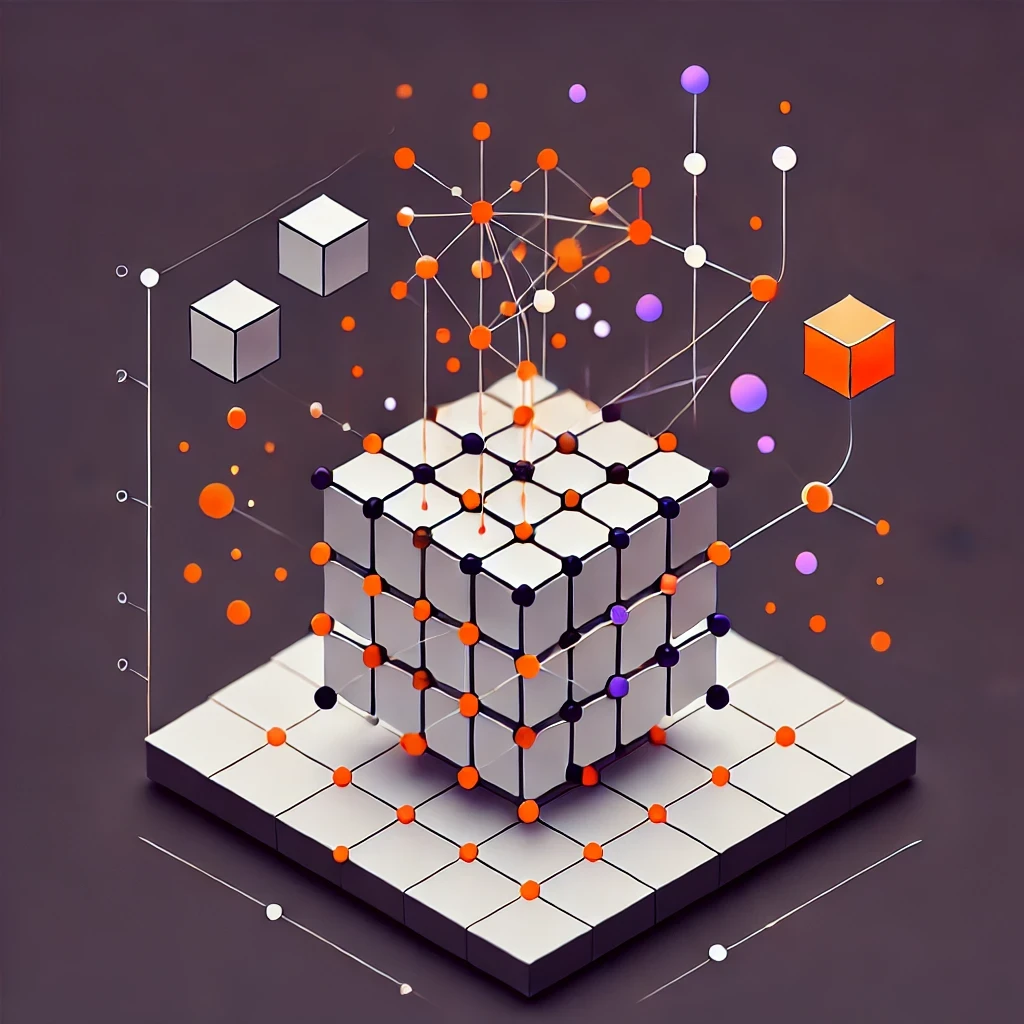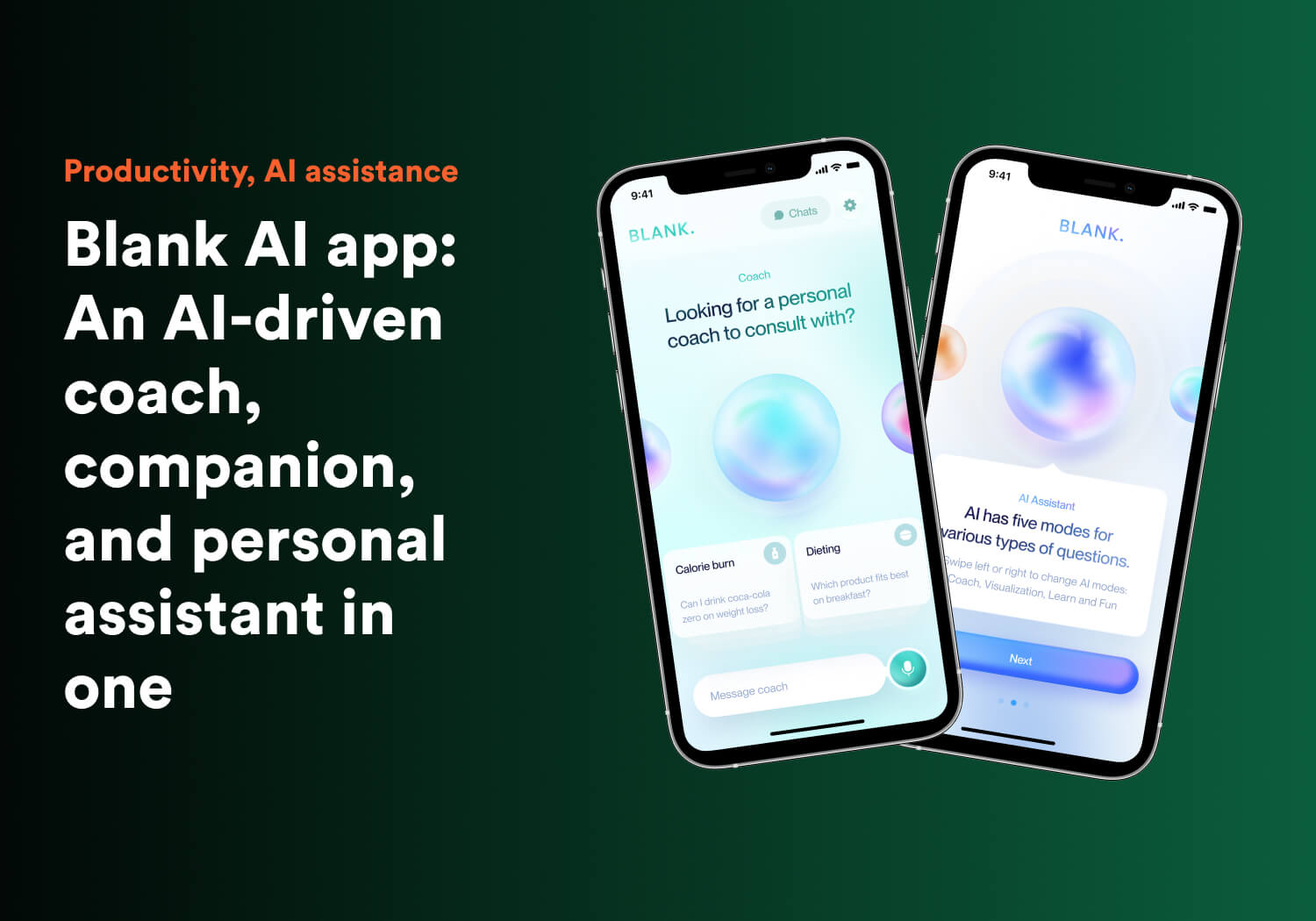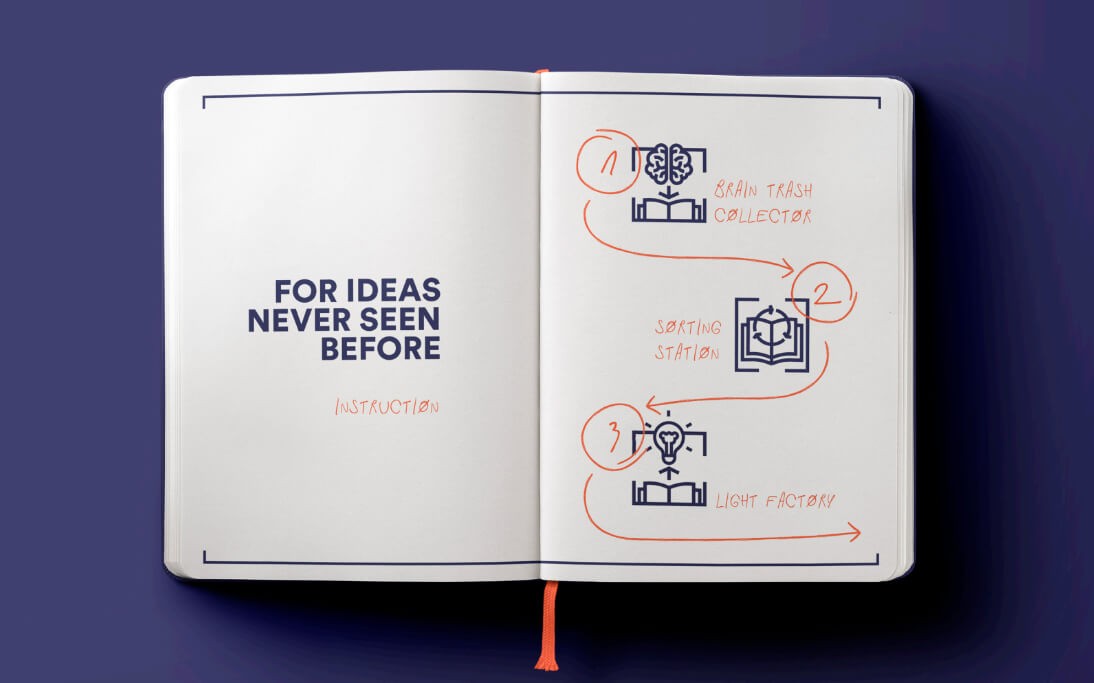От халепа... Ця сторінка ще не має українського перекладу, але ми вже над цим працюємо!

5 Reasons why embeddings & vector databases are a major shift for AI development

Vasyl Khmil
/
CTO
6 min read
In today’s fast-paced AI landscape, understanding the context behind data isn’t just a nice-to-have—it’s essential. Whether you’re building a recommendation system, a semantic search engine, or an AI-powered application, the ability to compare and relate data based on meaning (not just characters) can be a real competitive advantage. This is where embeddings and vector databases step in to transform how machines understand and process information.
In this article, we’ll break down what embeddings are, how they work, and why integrating them with vector databases is a major shift for AI development. If you’re eager to build smarter, context-aware solutions without the heavy lifting of reinventing the wheel, keep reading!
Article content:
- What are embeddings, and why do they matter in AI?
- How embeddings work: AI’s way of understanding context
- Why embeddings and vector databases are crucial for AI
- Why multiple dimensions matter
- Accelerating AI development with pre-trained models
- Case study: Blank AI – an AI-powered personal assistant that uses vector embeddings
- Final thoughts: Why businesses need AI embeddings & vector databases
What are embeddings, and why do they matter in AI?
Embeddings convert words, images, and other data types into numerical vectors—a format that AI systems can process with precision. Imagine trying to compare two sentences based solely on character matching:
“Hello! All good?”
“Halo 3 is god.”
At first glance, these seem similar because they share certain characters. However, their meanings are worlds apart. Traditional methods falter here, but embeddings capture the actual context, enabling AI to recognize that “Hello” is a greeting and that “Halo 3” refers to a video game.
By transforming raw data into meaningful numerical representations, embeddings lay the foundation for AI systems that can understand language, recognize images, and even detect complex patterns in unstructured data.
Learn more: Artificial Intelligence development: Should your startup go for it?
How embeddings work: AI’s way of understanding context
An embedding is a mathematical representation that converts words, images, or data into vectors. These vectors allow AI to compare data based on meaning rather than surface-level similarities.
Example of word embeddings
Consider these words:
Dog → [0.2, 0.8]
Cat → [0.1, 0.9]
Car → [0.9, 0.1]
In this space, “dog” and “cat” are placed close together because they share conceptual similarities, while “car” sits further away. This arrangement allows AI systems to gauge similarities and differences based on context, not just surface-level features.
![]()
Vectors: mapping AI’s understanding of data
A vector is a list of numbers representing a concept in AI models. Think of it as:
- A coordinate system where similar things are closer together.
- A map where relationships between words, images, or data points are plotted.
With vector embeddings, AI systems can compare words, phrases, or entire documents by their semantic meaning rather than just their spelling or order of words.
See also: “Easier than you think”: NERDZ LAB’s CEO on developing AI apps
Why embeddings & vector databases are crucial for AI
1. Contextual similarity in AI
Traditional keyword matching fails when it comes to context. If someone searches for “best coding practices,” an AI-powered search engine using embeddings understands that:
- “Top programming tips” is relevant.
- “Coding history” is not relevant.
This powers semantic search, allowing AI applications to deliver more accurate and insightful results.
2. Efficient AI training with embeddings
AI software development relies on efficient training processes. Instead of requiring AI to analyze every possible variation of a concept, embeddings allow AI to generalize meaning using existing data, reducing training time and costs.
3. The power of vector databases
A vector database is a specialized system that stores embeddings instead of raw text or images. This enables:
- Fast semantic search for finding visually similar images.
- Context-aware recommendation systems for personalized content.
- More advanced AI-powered chatbots that understand natural language.
4. AI applications for businesses
For companies using artificial intelligence, vector embeddings enhance:
- Customer recommendations by understanding purchasing behavior.
- Fraud detection by spotting unusual transaction patterns.
- AI-powered chatbots by making interactions more natural and contextually aware.
5. How AI models use embeddings for NLP & machine learning
Embeddings serve as a bridge between raw data and machine learning algorithms. They enable AI applications to process unstructured data efficiently, from text classification to AI-driven assistants.

See also: AI use cases in healthcare: Real apps with actual value
Why multiple dimensions matter
Most people are familiar with one-, two-, or three-dimensional spaces. In AI, however, embeddings often exist in hundreds or even thousands of dimensions. More dimensions allow for:
- Finer Distinctions: More nuanced analysis of similarities between concepts.
- Enhanced Accuracy: Greater precision when mapping the complex relationships in your data.
This high-dimensional space is what makes modern AI systems so effective at understanding context—allowing them to pick up on subtle differences that a lower-dimensional representation might miss.
Accelerating AI development with pre-trained models
Building AI models from scratch can be time-consuming and expensive. Fortunately, many pre-trained models (such as GPT-4, BERT, and cutting-edge computer vision models) already offer robust embedding capabilities. By tapping into these models, developers can:
- Speed Up Minimum Viable Product (MVP) Development: Launch faster with reliable, pre-built embeddings.
- Reduce Costs: Avoid the resource-intensive process of training models from scratch.
- Enhance Performance: Benefit from state-of-the-art techniques that have been refined on massive datasets.
Leveraging these pre-trained models means you can focus on solving your business challenges rather than reinventing the wheel.

Case study: Blank AI – an AI-powered personal assistant that uses vector embeddings
One real-world example of how embeddings and vector databases improve AI applications is Blank AI, a personal assistant app developed by NERDZ LAB. This AI-powered mobile app serves as a coach, companion, and digital assistant, integrating voice commands and synthesized speech for seamless interaction.
Learn more about how we`ve built Blank AI app here.
How vector embeddings enhanced Blank AI
One of the core challenges in AI chatbot development is maintaining context across conversations. To address this, we implemented a vector database solution that enables long-term memory and context retention in conversations.
How vector embeddings elevated Blank AI
- Maintaining Conversation Context: By storing past interactions in a vector database, Blank AI remembers previous conversations, enabling more personalized and coherent responses.
- Enhanced User Engagement: Users receive contextually relevant answers, whether they’re seeking productivity tips or just a friendly chat.
- Rapid Response Times: Efficient retrieval of stored embeddings leads to faster, smarter replies—ensuring a seamless user experience.
Key AI-powered features
- Assistant Mode – Helps users manage daily activities, schedules, and productivity.
- Coach Mode – AI-driven guidance for fitness, mental well-being, and personal growth.
- Visual AI Mode – Image recognition and contextual insights for visual exploration.
- Learn Mode – AI-enhanced search for faster and deeper knowledge exploration.
- Fun Mode – Entertainment, jokes, and interactive engagement using AI-powered features.
Using vector embeddings significantly boosted the app’s performance, making it an AI-driven product with superior personalization and user experience.

Final thoughts: empowering your business with AI embeddings & vector Databases
To summarize:
- AI embeddings assist machines in understanding context, meaning, and relationships.
- Vector databases store these embeddings to enhance search capabilities, recommendations, and AI chatbots.
- Pre-trained AI models allow businesses to utilize embeddings without the complexity of developing models from scratch.
For startup founders and growing businesses, every decision matters. Incorporating embeddings and vector databases into your AI strategy can effectively tackle your most pressing challenges. In business terms, this means:
- Speed to Market: Quickly launch MVPs by utilizing pre-trained models and efficient vector databases.
- Cost Efficiency: Decrease development time and expenses by leveraging ready-to-use AI capabilities.
- Competitive Edge: Differentiate your product with advanced, context-aware features that resonate with users.
- Investor Confidence: Showcase cutting-edge technology and a clear Return on Investment (ROI), making your venture more appealing to investors.
- Scalability and Reliability: Develop systems that address current needs and are prepared to grow with your business.
At NERDZ LAB, we assist businesses in integrating AI-powered solutions into their products. Whether you require a custom AI application or wish to enhance your existing software with artificial intelligence, we offer cost-effective and scalable solutions. Contact us today for a free consultation and discover how AI can propel your business forward.





